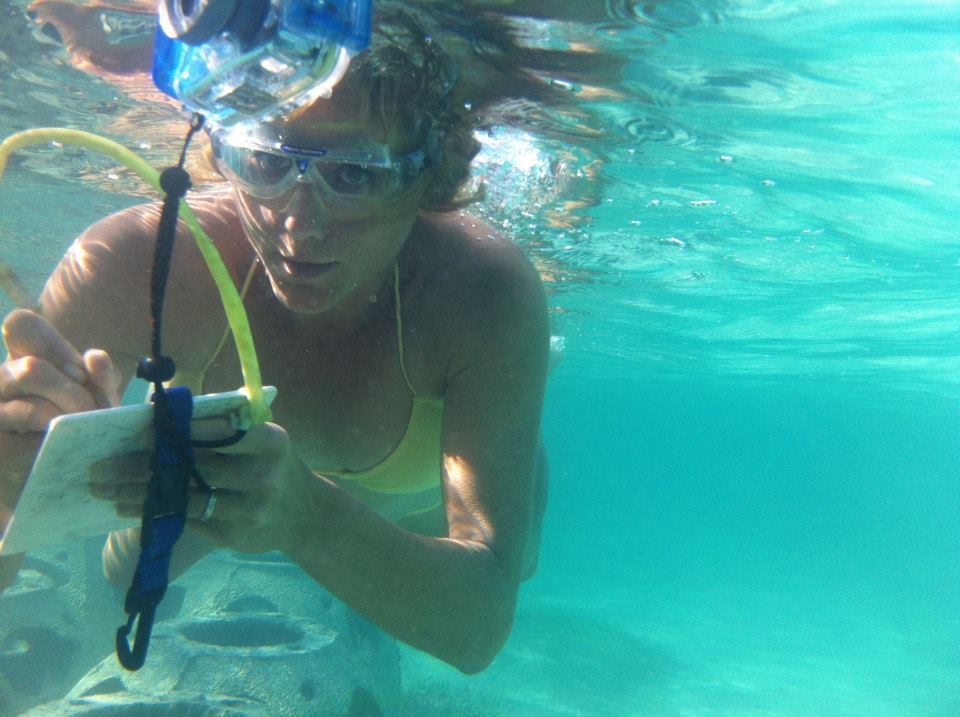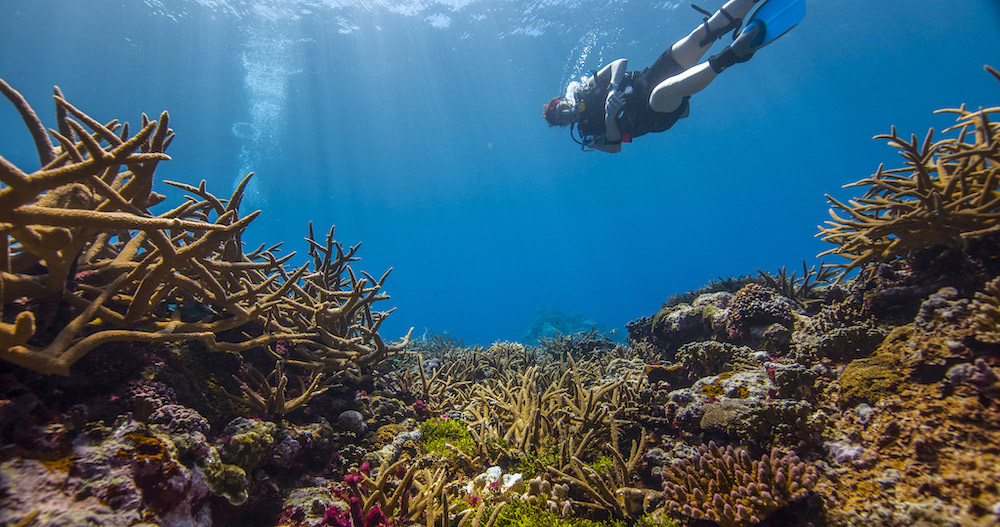Did you know that 80% of pollution to the marine environment comes from land-based sources, such as runoff pollution?
Millions of motor vehicle engines make daily, one-drop-at-a-time “oil spills” onto roads and parking lots, which add significantly to runoff pollution.Some water pollution actually starts as air pollution, which settles into waterways and oceans. Dirt can be a pollutant. Top soil or silt from fields or construction sites can run off into waterways, harming fish and wildlife habitats.Non-point source pollution, commonly called runoff pollution, can make river and ocean water unsafe for humans and wildlife. In some areas, runoff pollution is so bad that it causes beaches to be closed after rainstorms.Drinking water supplies can be contaminated by polluted runoff, as can coastal waters containing valuable fish stocks. Experts think there is a link between agricultural runoff and water-borne organisms that cause lesions and death in fish. Humans who come in contact with these polluted waters and affected fish can also experience harmful symptoms.Correcting the harmful effects of runoff pollution is costly. Each year millions of dollars are spent to restore and protect areas damaged or endangered by non-point source pollutants.A smarter way to act? Prevent runoff before it happens!
EScaribbean using Midwest’s soil stabilization and soil erosion control products can eliminate up to 98% of erosion problems at the source, whereas mechanical methods may only be 50% effective. Our soil stabilization and soil erosion control products are specifically formulated for unpaved roadways, shoulders, paths, trails, slopes, construction sites and indoor and outdoor arenas.Soil stabilization and erosion control are more effective than sediment control not only in reducing sediment pollution but also in reducing cost. When soil stabilization and erosion control are affected at the source, sediment never becomes entrained as it will with mechanical methods such as silt fences, hay bales, or retention ponds.Contact us if you want to know more about ways to control runoff…
Want to protect the ocean? Start by stopping runoff and erosion
Comments are disabled.




